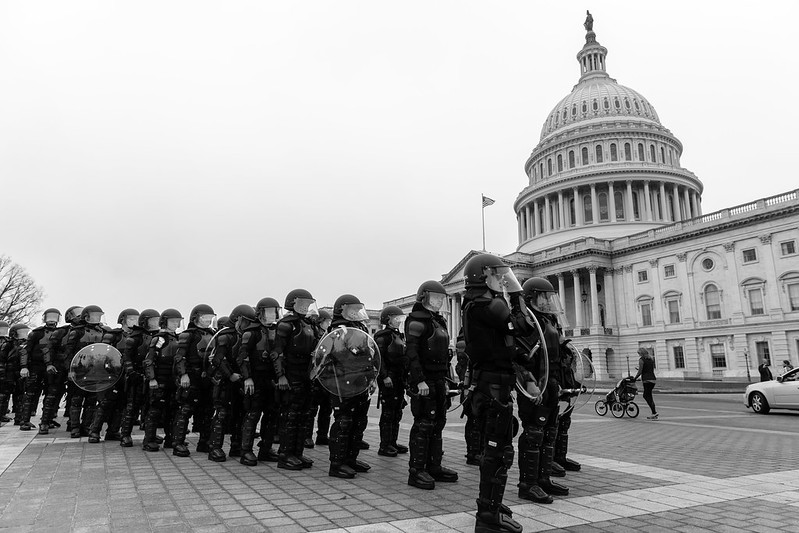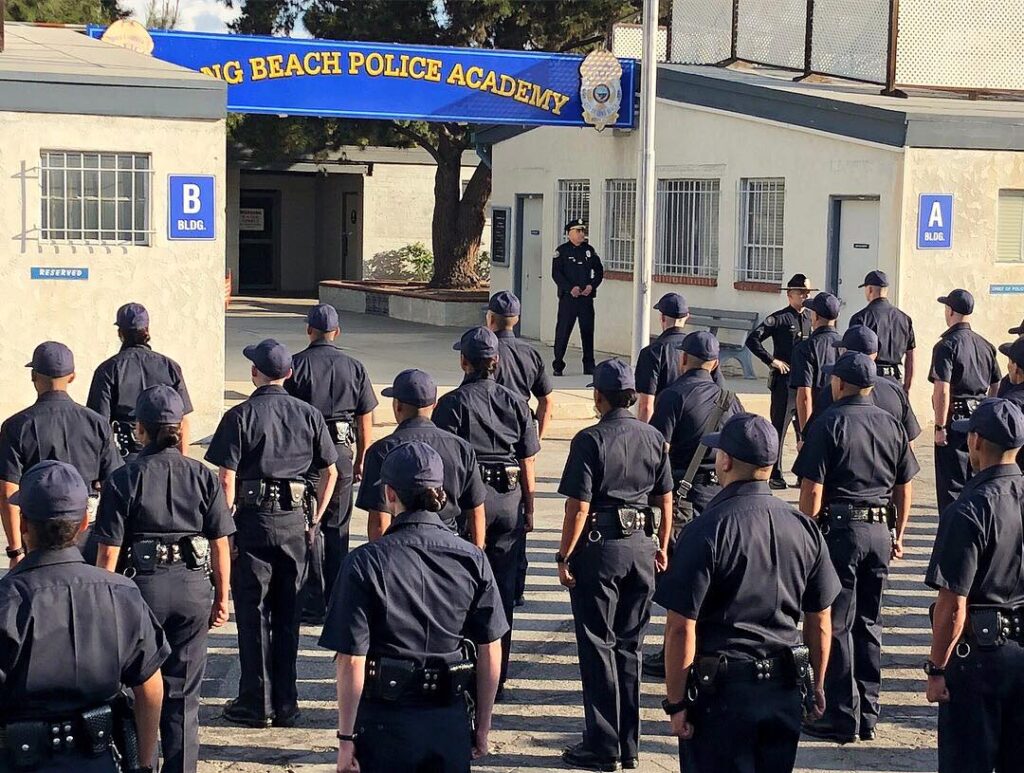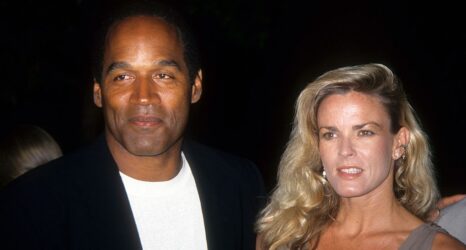
This post originally appeared on TwinCities.com. It has been republished with permission.
Our state and nation are grieving. The horrific murder of George Floyd is an image that will be indelibly etched into our minds as our nation calls out for justice.
We know this murder was not an isolated incident. Black and brown people are too often killed with impunity by police. Now may be a tipping point and we should not squander this opportunity to make fundamental changes in policing.
The psychology behind “group think,” especially among male officers, results in an “us vs. them” mentality in police agencies—even when there is benevolent leadership at the top. In Minneapolis, this is underscored by a union president (like other police union leaders, who are usually men) who has been modeling this mindset for years. No matter how egregious the behavior, even in a video-documented officer-involved killing, he has not condemned the officers involved in the death of George Floyd and is seeking to have the fired officers reinstated.

Politicians, community leaders, police organizations, task forces are all advocating for change; from addressing systemic racism to making substantive reforms in policing.
From all of these meaningful ideas, we have yet to hear the voices of women in law enforcement or an analysis of how gender plays a role in the use of force by law enforcement.
When leaders do take initiatives—as President Obama did with his Task Force on 21st Century Policing or Minnesota did with its Working Group on Police-Involved Deadly Force Encounters—women in policing are seldom invited. How can anyone honestly be interested in changing the police culture and not have the voices of women police at the table?
We know much about the differences between how men and women police. Research informs us that women usually do not use excessive force and tend to be more oriented toward community policing. We are not talking about a few token women—but when gender parity is realized, policing fundamentally changes.
This is not to say that women in law enforcement never act inappropriately or that they are better police officers than men, but the fact is that women in law enforcement respond differently. Women are comfortable with “policing by consent,” the original model of community policing developed by Sir Robert Peel in 1829. Peel believed that the quality of people chosen to be police officers would contribute to the organization’s legitimacy. The characteristics he deemed critical were that officers be even-tempered, reserved and principled in enforcing the law.
Current U.S. policing structures, including hiring practices, have historically been created by men to fulfill their idea of policing, which leans toward aggressiveness with an emphasis on physical strength and gaining compliance by force. Conversely, policing by consent includes problem solving, defusing disturbances and working in diverse neighborhoods—being real community partners in preventing and solving crime. This is the kind of policing where women excel.
Despite compelling evidence that women police are less likely to use excessive or deadly force, on average the number of women in U.S. police departments is staggeringly low.
Why? We know that there continues to be widespread discrimination in the hiring and selection practices of police departments. For example, in many departments, position descriptions still focus on the most extreme physical aspects of the job, generally followed by pre-hire physical agility testing that promotes brawn while minimizing the importance of community policing.

We are not recommending “lowering” the standards for becoming a police officer. We are asking for the standards to be realistic. In the 1970s, when we were young women testing for police jobs, one of the physical requirements was jumping over a six-foot wooden fence—a prerequisite that we never actually did in our work. The six-foot fence was a ruse—a subterfuge that kept many women and smaller-framed men out of policing.
Unfortunately, some of these antiquated fitness skills are still required. Many women get washed out during this process, or do not even apply. Consequently, departments squander opportunities to hire some really talented people who would be excellent officers. Police leaders everywhere need to rethink what skills are required to do the job, then have the courage to make changes.
We know there are myriad complex issues in addition to hiring more women that must occur to transform the police culture. The evils of systemic racism and racial disparities must change in a significant way. We also see promise in re-thinking policing to enhance public safety—ending the militarization of departments, dramatically increasing the recruitment and retention of women (especially women of color) and making real commitments to community policing. Policing is a noble profession and we are deeply troubled by those who resist change.
We call on all levels of government to put forward bold initiatives beginning with the ideas and voices of the communities most impacted by poverty, racism, and distrust of law enforcement.
As we move forward, women in law enforcement must have a seat at the table. We have much to offer and would like to help.





